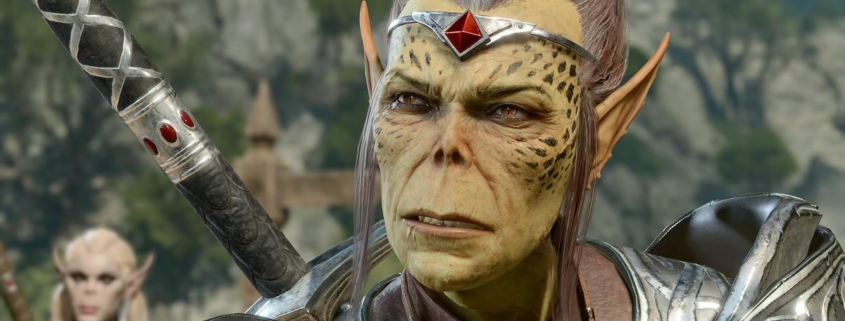Baldur’s Gate 3 bestiary: The origins of D&D’s odder creatures
















Dungeons & Dragons is a game where we collect various ideas from folklore and our favorite works of genre fiction, then smash them together like dodgem cars. We put characters based on Conan, Aragorn, Van Helsing, and Doctor Strange alongside each other to fight horror movie zombies and fairytale ogres, like greedy kids playing with all our best toys at once.
Sometimes the origins of the unusual folk you’ll meet in D&D are obvious. “They’re like hobbits, but not so much like hobbits that we get sued,” for instance. That’s not always the case, though, especially in the case of the creatures Baldur’s Gate 3 puts at the center of its plot, like mind flayers and githyanki. Who comes up with all this stuff? Well, sit down, stop fiddling with the dice, and I’ll tell you.
Beholder
The idea of a floating bundle of eyeballs, each of which is capable of casting a different spell, came from Terry Kuntz. He was a teenager at the time, which perhaps explains it. After playing in one of the first games run by D&D’s co-creator Gary Gygax, Kuntz was inspired to go away and write a short story about an eyeball monster who lived on a mountain, which he shared with both Gygax and his game designer brother, Rob. That story’s unfortunately been lost according to Rob, but the beholder remains a D&D mainstay to this day.
Bulette
The burrowing landshark was one of several D&D monsters based on a set of prehistoric animal toys that were widely available in the 1970s and conveniently sized for use as tabletop miniatures. As artist Tony DiTerlizzi has documented, Gygax based beasts like the rust monster and carrion crawler on these toys, while Dragon Magazine editor Tim Kask turned another one into the bulette—with additional inspiration from a Saturday Night Live sketch.
As for why such weird-looking monsters were bundled with a set of semi-authentic dinosaurs, they’d originally been manufactured in Hong Kong as knock-offs of kaiju from the Japanese TV show Ultraman. The creature that became the bulette was probably based on Ultraman foe Telesdon, who is actually more of an earthworm that walks than a shark that swims through the dirt.
Cambion
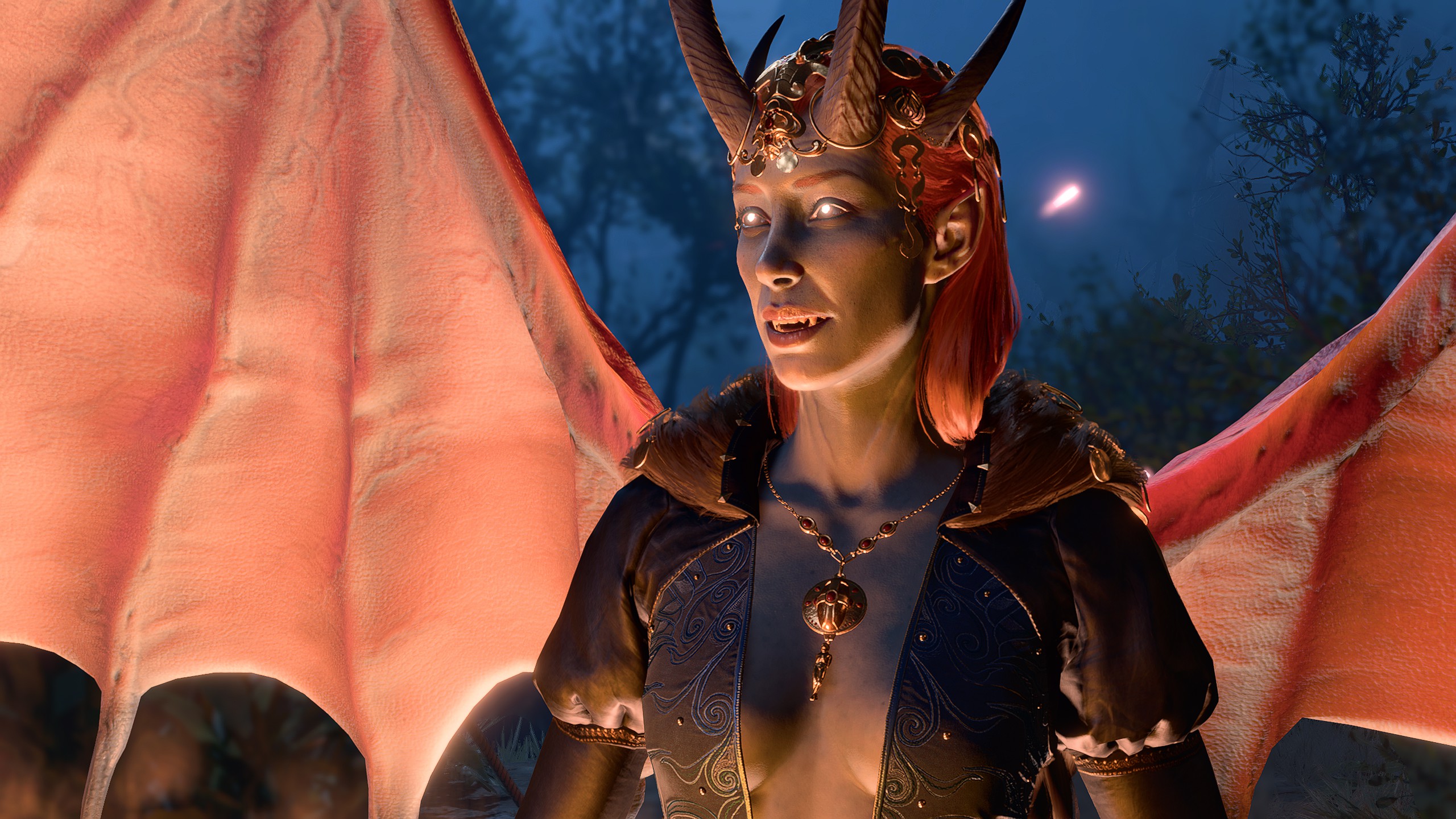
A lot of the devils in Baldur’s Gate 3 aren’t actually full devils. Mizora, as well as Commander Zhalk and the infernal soldiers encountered on the nautiloid, are cambions—half-humans who come to D&D via demonology texts like the Dictionnaire Infernal. Usually described as the product of unions between mortals and succubi or incubi, famous cambions include Caliban from The Tempest, the wizard Merlin in some versions of Arthurian myth, and Hellboy.
Displacer Beast
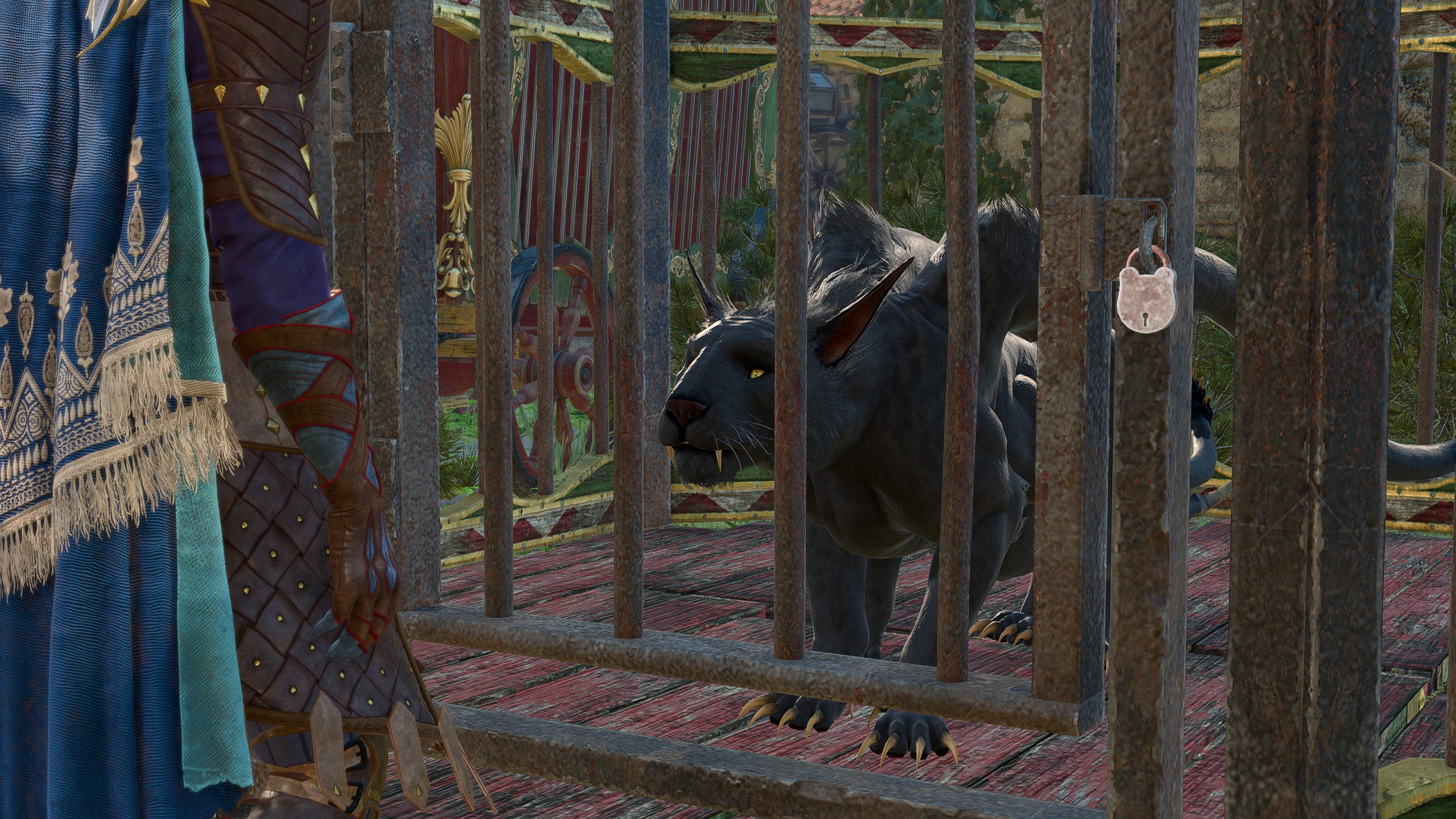
Gygax admitted the idea for this tentacle panther came directly from a science-fiction book by A. E. Van Vogt, saying, “the Displacer beasts I ripped off from the novel, Voyage of the Spaceship Beagle”. Van Vogt originally created the creature, which was called the Coeurl, for a short story where it’s described as looking, “like a distorted etching of a black tiger resting on a black rock in a shadow world.”
Drow
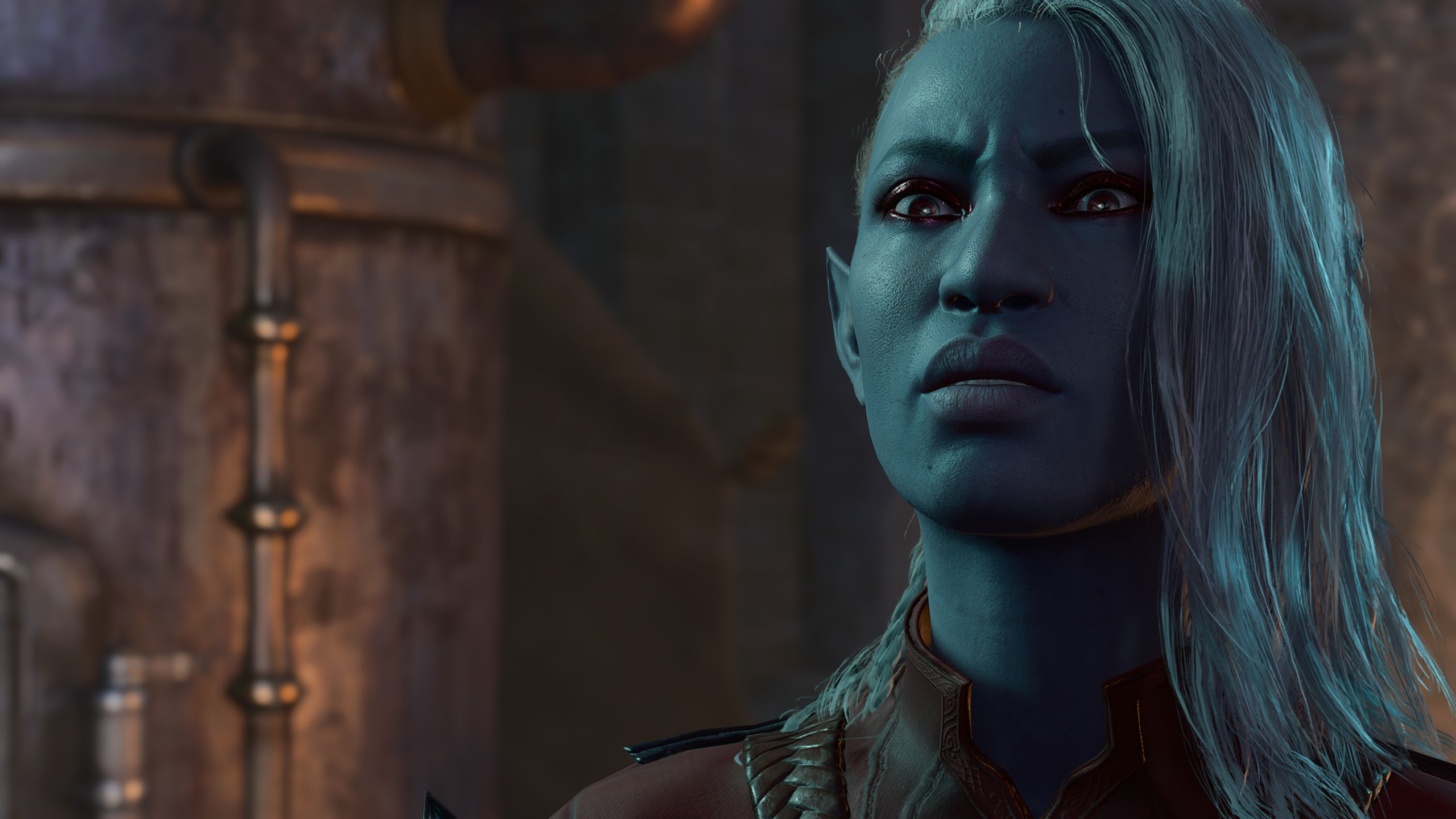
In the folklore of the Orkney and Shetland Islands, the word drow or trow (pronounced to rhyme with grow and cognate with the word troll) refers to a kind of fairy. Though sometimes said to live under hills, they’re not much like D&D’s drow (pronounced to rhyme with cow). Those owe more to Norse mythology’s underground-dwelling dark elves, the Dökkálfar and Svartálfar mentioned in the Icelandic sagas of the Prose Edda. That said, D&D’s drow are just as much an original creation—their connection to a dominatrix spider queen who sometimes curses them to become half-arachnid driders is all original to the roleplaying game.
Duergar
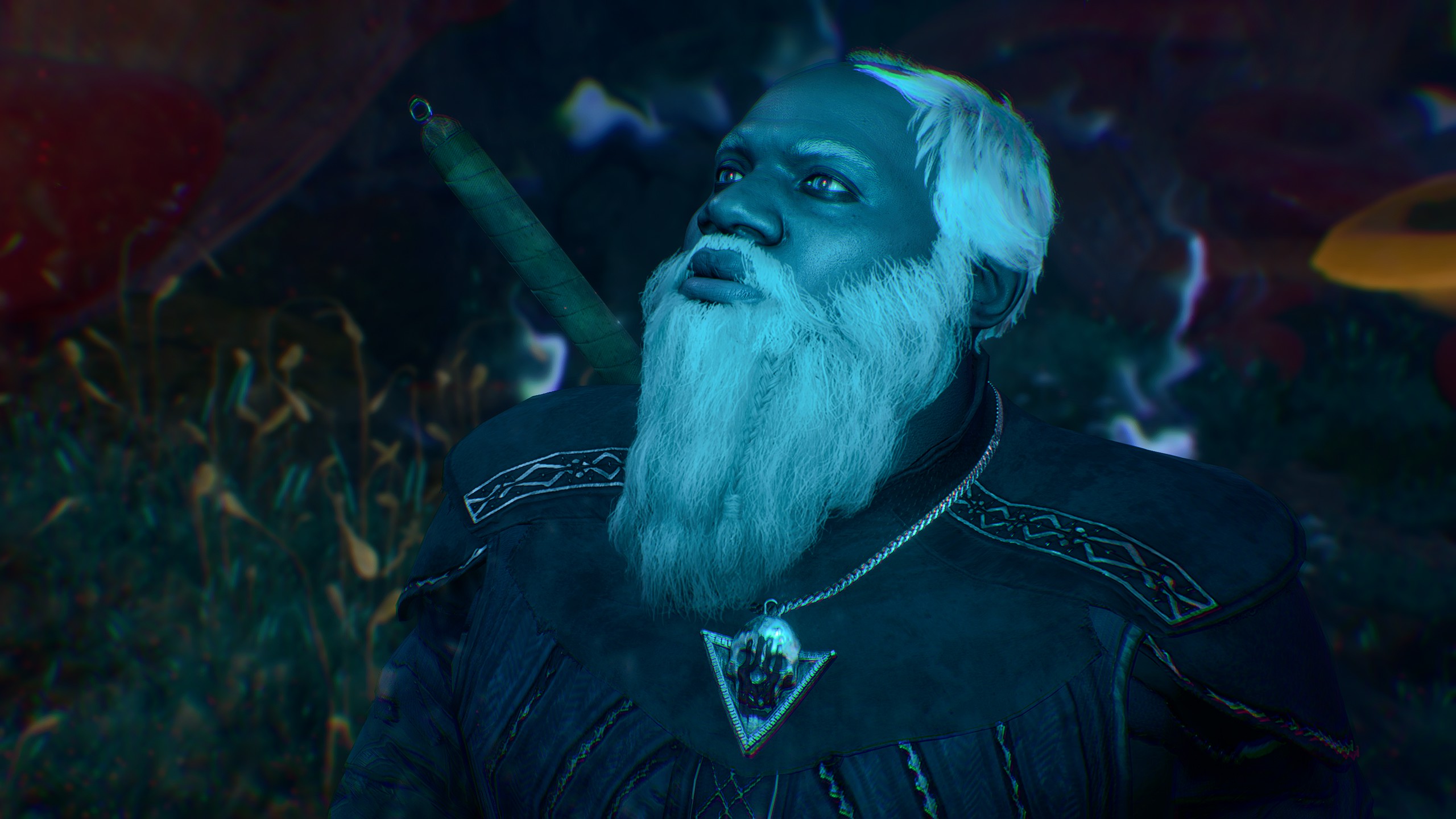
D&D’s duergar were created by lowering a bucket deep into the same mythic well that inspired Middle-earth’s dwarfs, taking elements that Tolkien left out—like their ability to turn invisible, as they do in the German saga of The Nibelungenlied thanks to a magic cloak. The name duergar comes from Old Norse, where dwarves were called dvergr, which became duergar in Danish. When the Danish conquered Northumberland they brought their stories of duergar with them, inspiring the tales of the Simonside Dwarfs, nasty folk who lived in hills and led travelers astray.
Elemental

The 16th century alchemist Paracelsus was responsible for the idea that the four classical elements each corresponded to an elemental being, which he called salamanders (fire), sylphs (air), undines (water), and gnomes (earth). Obviously D&D’s gnomes don’t have much to do with earth elementals, owing more to a gnome-shaped doorstop that scared Gary Gygax as a boy.
The idea of elementals as vaguely humanoid creatures composed of that element comes instead from Michael Moorcock’s Elric stories, where between summonings they serve a set of Elemental Lords just like they do in D&D.
Ghoul
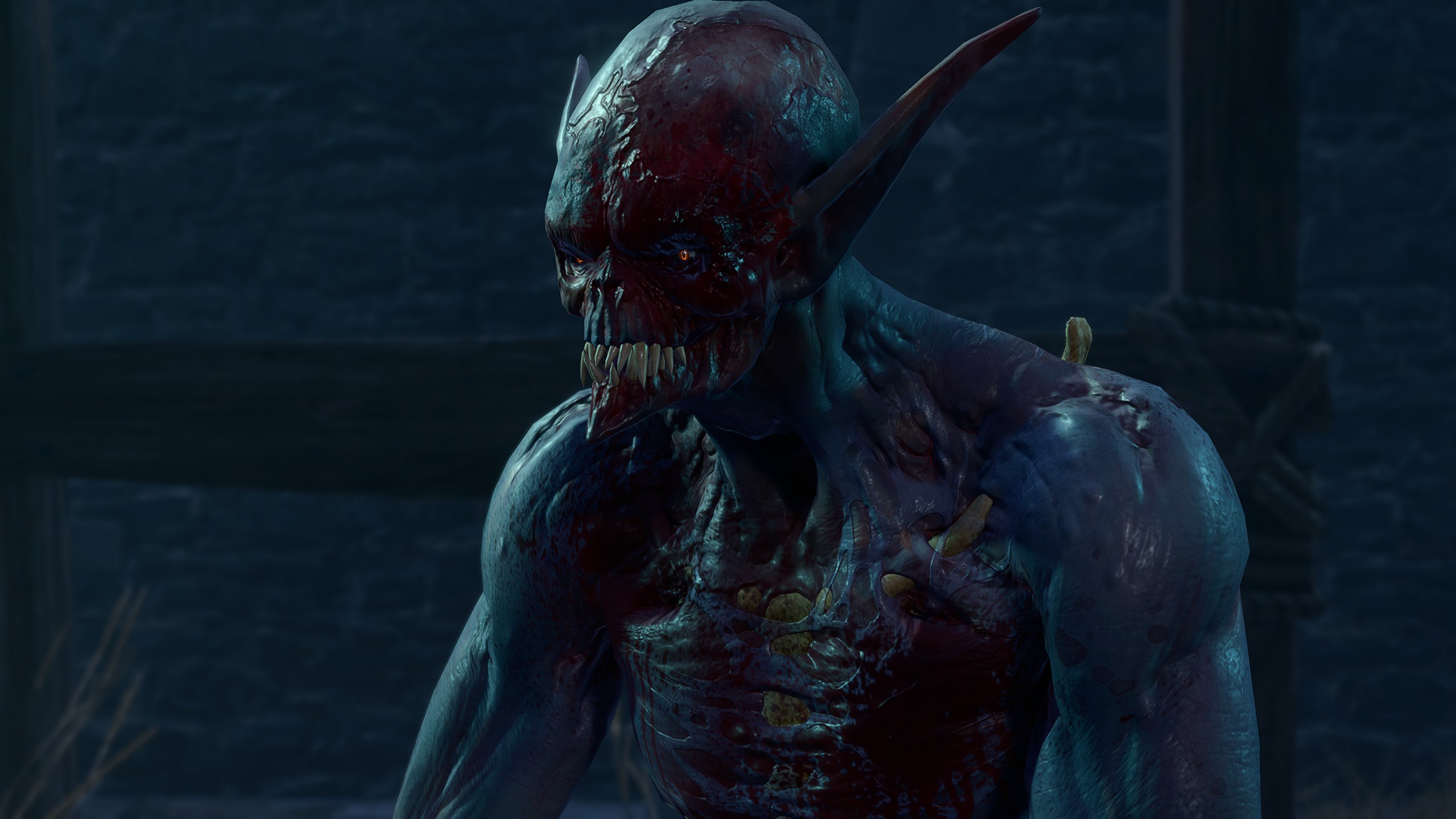
Ghouls haunt graveyards and eat corpses in Arabic myths, and their cannibalistic D&D incarnation owes a debt to the H. P. Lovecraft short story Pickman’s Model as well. Their ability to paralyze their prey doesn’t come from either of those sources, however.
In the proto-D&D wargame Chainmail, ghouls were given the same stats as wights, which were an explicit lift of the barrow-wight who magically freezes the hobbits in The Lord of the Rings before they’re rescued by Tom Bombadil. While wights lost this ability as part of D&D’s shift away from blatantly borrowing from The Lord of the Rings after a stern letter from the Tolkien estate (a move that also saw D&D rename hobbits to halflings, ents to treants, wargs to worgs, and balrogs to “type VI demons” and later balors), ghouls kept the wight’s paralyzing attack.
The fact elves are immune to ghoul paralysis seems to come from Tolkien as well, where Legolas is the only member of the Fellowship unaffected by the Paths of the Dead because elves, being borderline immortal, aren’t quite as bothered by ravening spirits from beyond the grave.
Githyanki
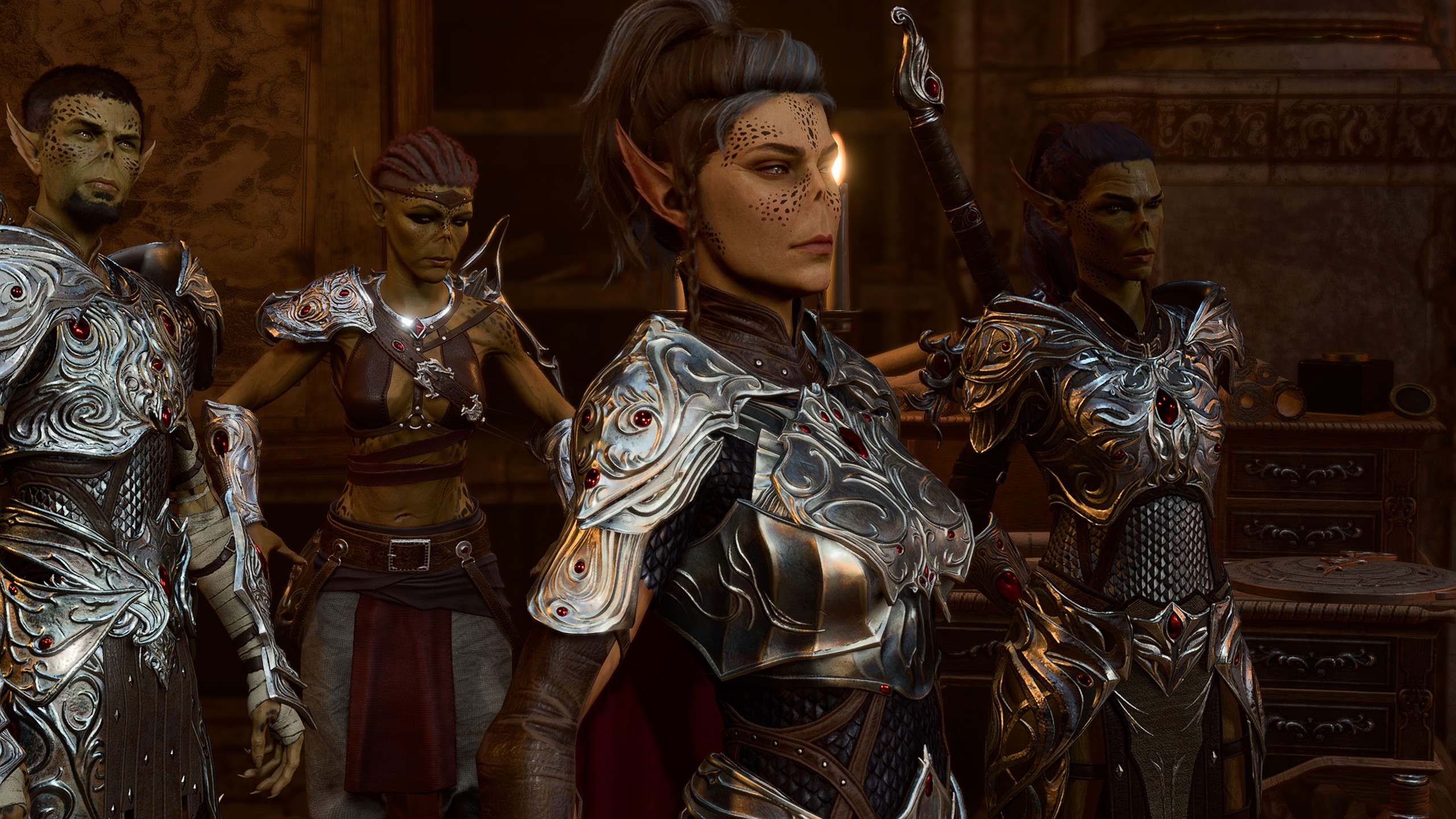
The early issues of Games Workshop’s White Dwarf magazine included a column called Fiend Factory that published new monsters for D&D, some contributed by readers, many of which were collected and expanded in an official book called the Fiend Folio. The githyanki were one such race, having been submitted to White Dwarf by a young Charles Stross, who would later go on to be a science-fiction author of some note.
Stross took the name githyanki from Dying of the Light, George R. R. Martin’s first novel, though the details were either his own invention or borrowed from another sci-fi novelist. As he said in an interview, the idea of people with psionic powers who were at war with their former slavemasters probably came to him from Larry Niven’s World of Ptavvs, adding, “I suspect whoever came up with the Illithids had been reading Larry Niven, too.”
White Dwarf’s Fiend Factory column was the source of two other D&D icons that appear in Baldur’s Gate 3, the hook horrors and death knights, the latter of which were another Charles Stross contribution.
Gnoll
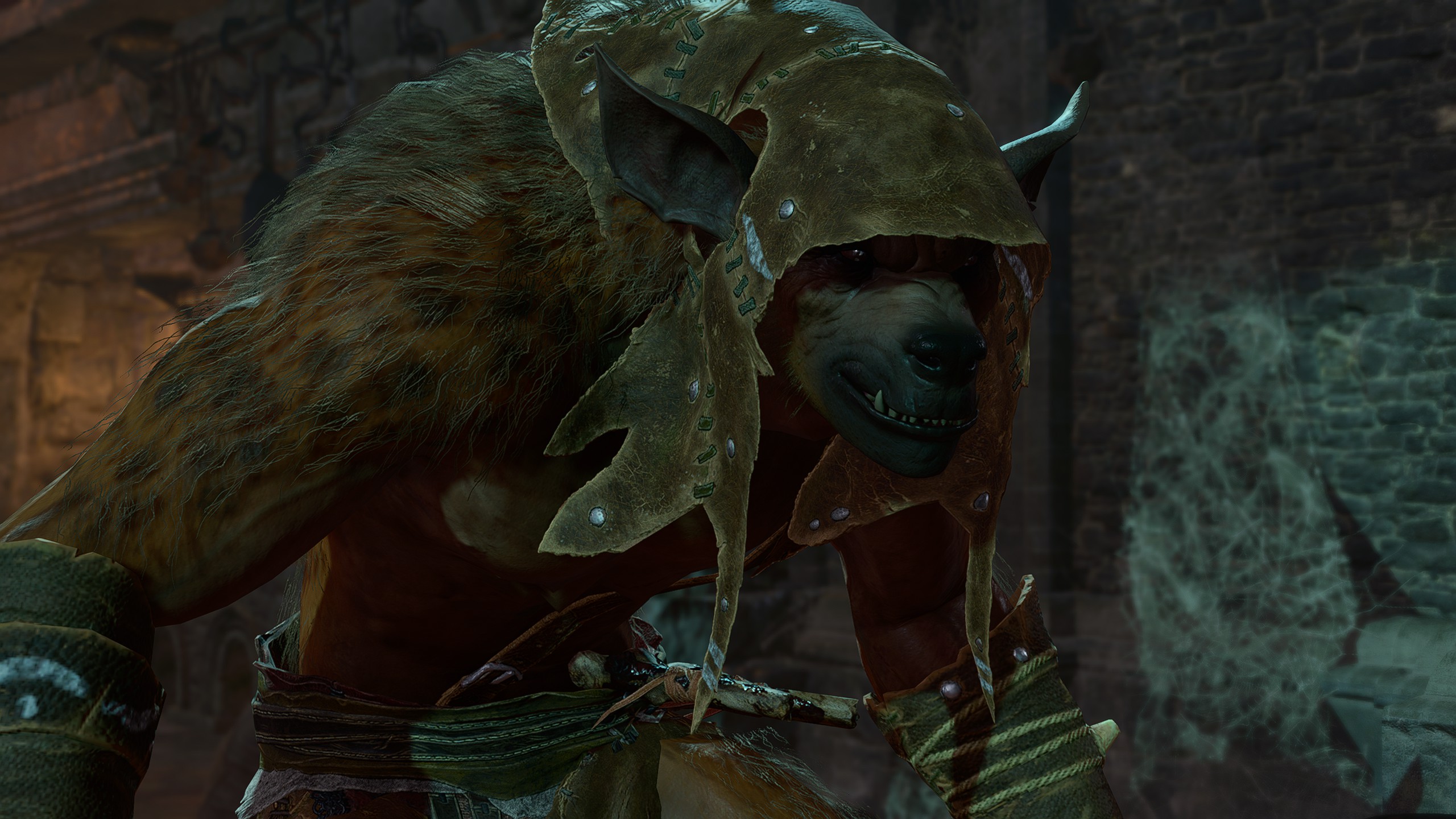
Fantasy author Lord Dunsany’s short story collection The Book of Wonders introduced the “gnoles”, though like the githyanki D&D simply took the name and none of the admittedly sparse details. Initially, D&D’s version of gnolls were described as a cross between gnomes and trolls—an unlikely situation that didn’t last long, and they quickly became the hyena-people we know and loot today.
Illithid

The squid-headed illithid obviously reflect something of the Cthulhu mythos, but we know the source of them even more specifically: The Burrowers Beneath by Brian Lumley. In particular its cover art, which features a mass of ropy tentacles bursting out of the ground. Seeing that picture made Gary Gygax think, in his own words, “Now what sort of nasty bastard is that?” The answer he came up with was a species of brain-eating aliens that bedevil D&D players to this day.
Lich
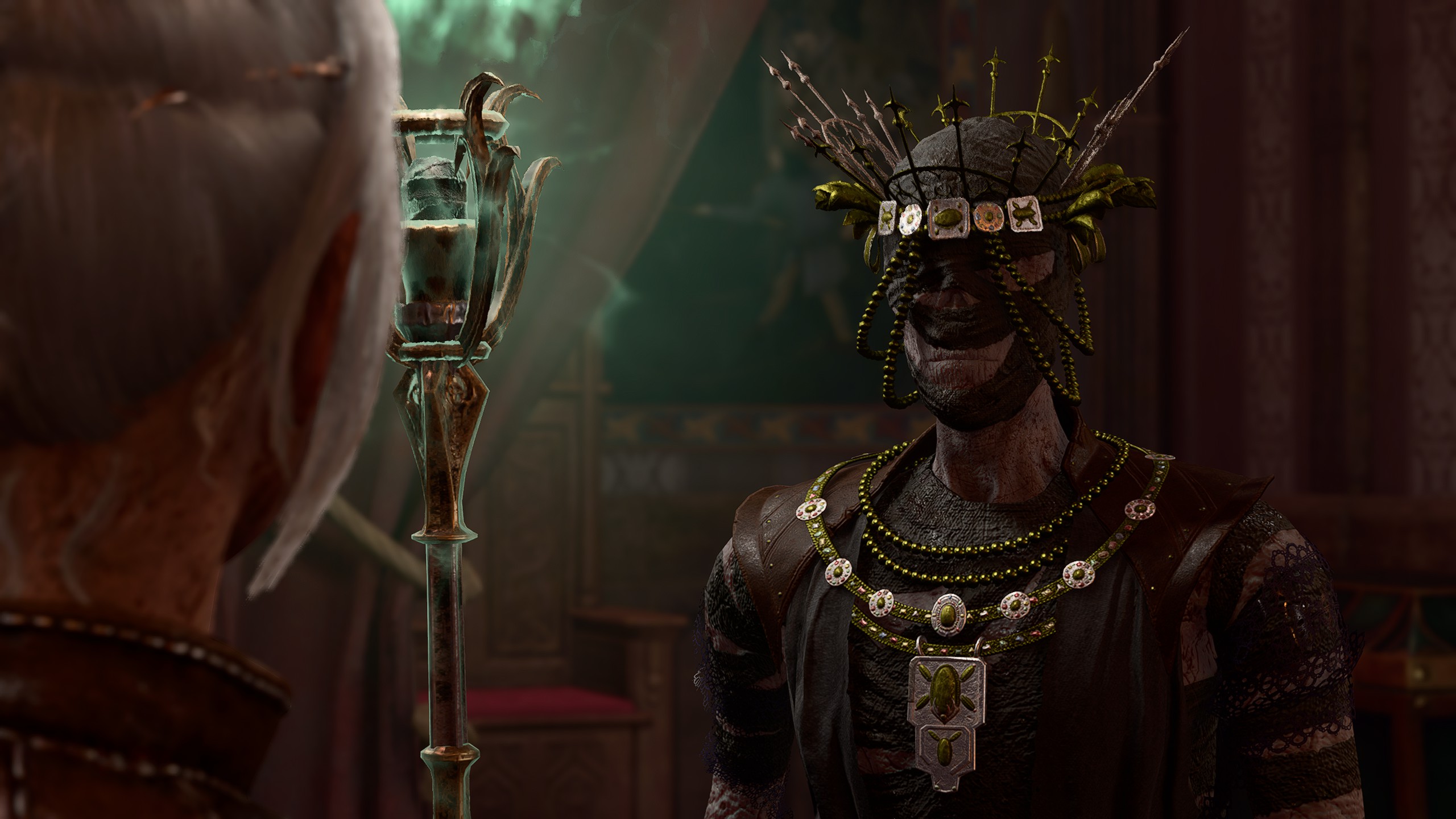
Lich is an old-fashioned word for corpse, and in that sense was a favorite synonym of fantasy author Clark Ashton Smith, whose stories of necromancy and the undead were a definite influence on D&D. The specifics of the lich as a wizard who considers death to be optional come from Gardner F. Fox’s stories of Kothar the Barbarian, as does their ability to paralyze.
Another source was probably responsible for the idea of liches storing their souls in objects for safekeeping, and that’s the Russian legend of Koschei the Deathless. Koschei maintained his immortality by hiding his soul inside an egg, which he hid inside a duck, which he hid inside a hare, which he hid inside a chest, which he hid on a distant island—a kind of magical turducken that allowed him to return from the grave as long as it was kept safe.
Mimic
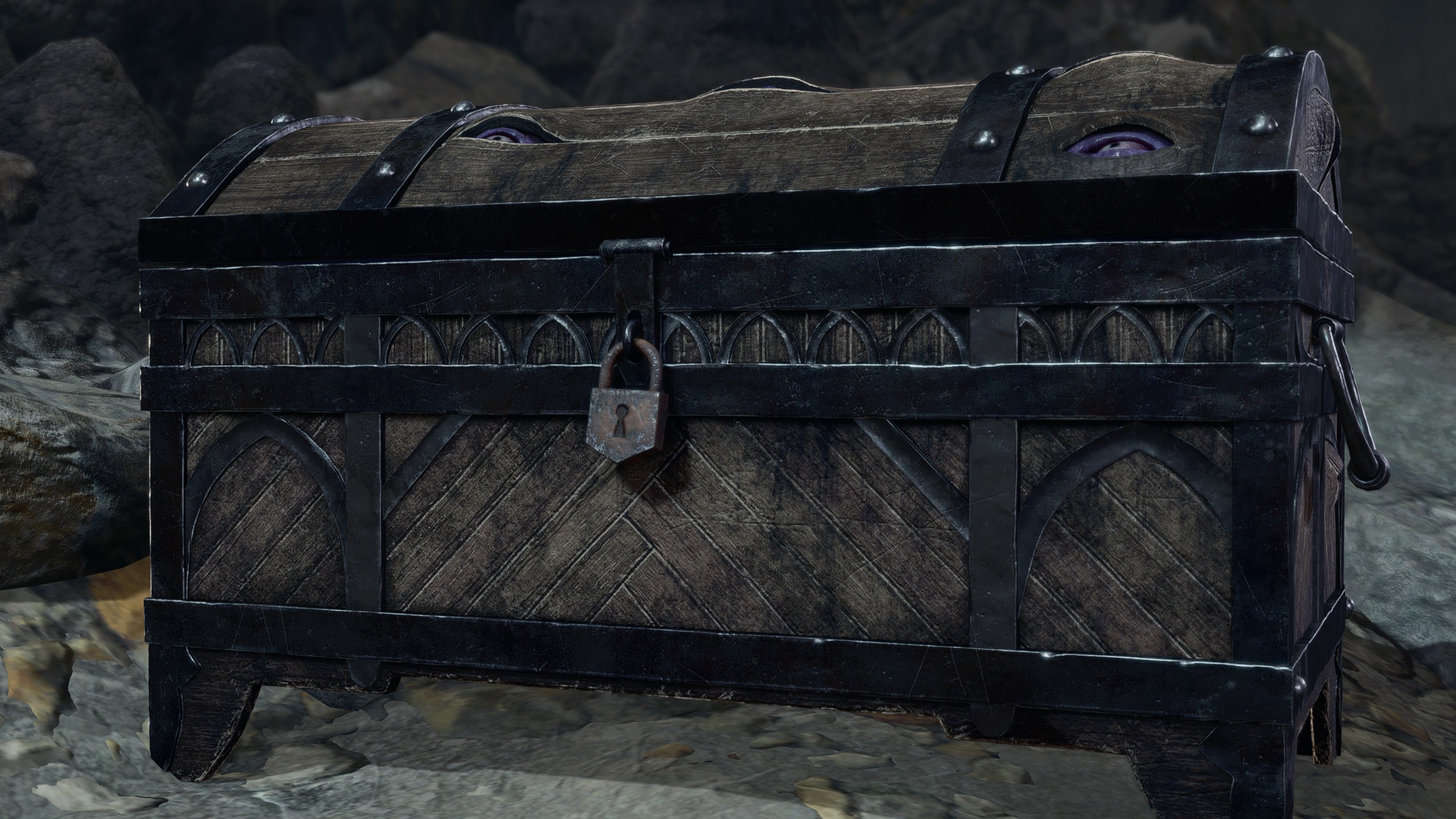
When Gary Gygax was asked to explain the inspiration for this rubbery shapeshifter, he said, “Plastic Man from the comic book of that name was the mimic.” The shapeshifting superhero, who did spend a fair amount of time disguising himself as furniture for a laugh, led to D&D’s mimic and that, in appropriately altered form, influenced the Luggage in Terry Pratchett’s Discworld novels (Pratchett was a D&D player himself) as well as the many mimic varieties in videogames like Dark Souls, Terraria, Enter the Gungeon, and Torchlight.
We’ve previously traced this lineage in the murderous history of mimics, which includes comments from Ed Greenwood—author of the influential Ecology of the Mimic, as well as creator of the Forgotten Realms.
Myconid
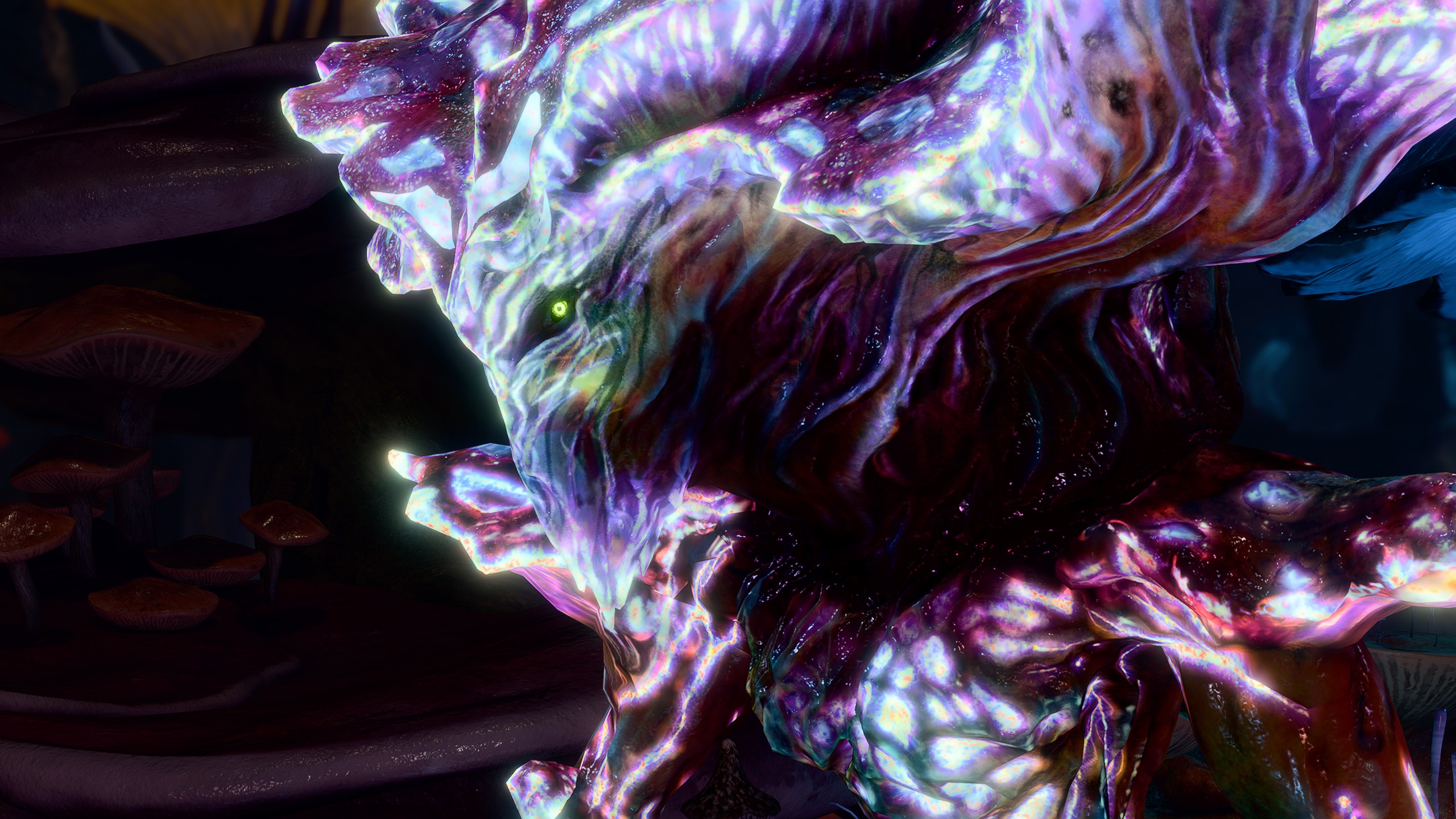
These fungal folk come from a 1963 Japanese horror movie called Matango, also known as Attack of the Mushroom People or Fungus of Terror, which was loosely based on a William Hope Hodgson short story. Ishirō Honda’s movie, in which a band of starving castaways are trapped on an island where it’s forbidden to eat the mushrooms, was doing creepy fungus-people decades before The Last of Us.
Owlbear
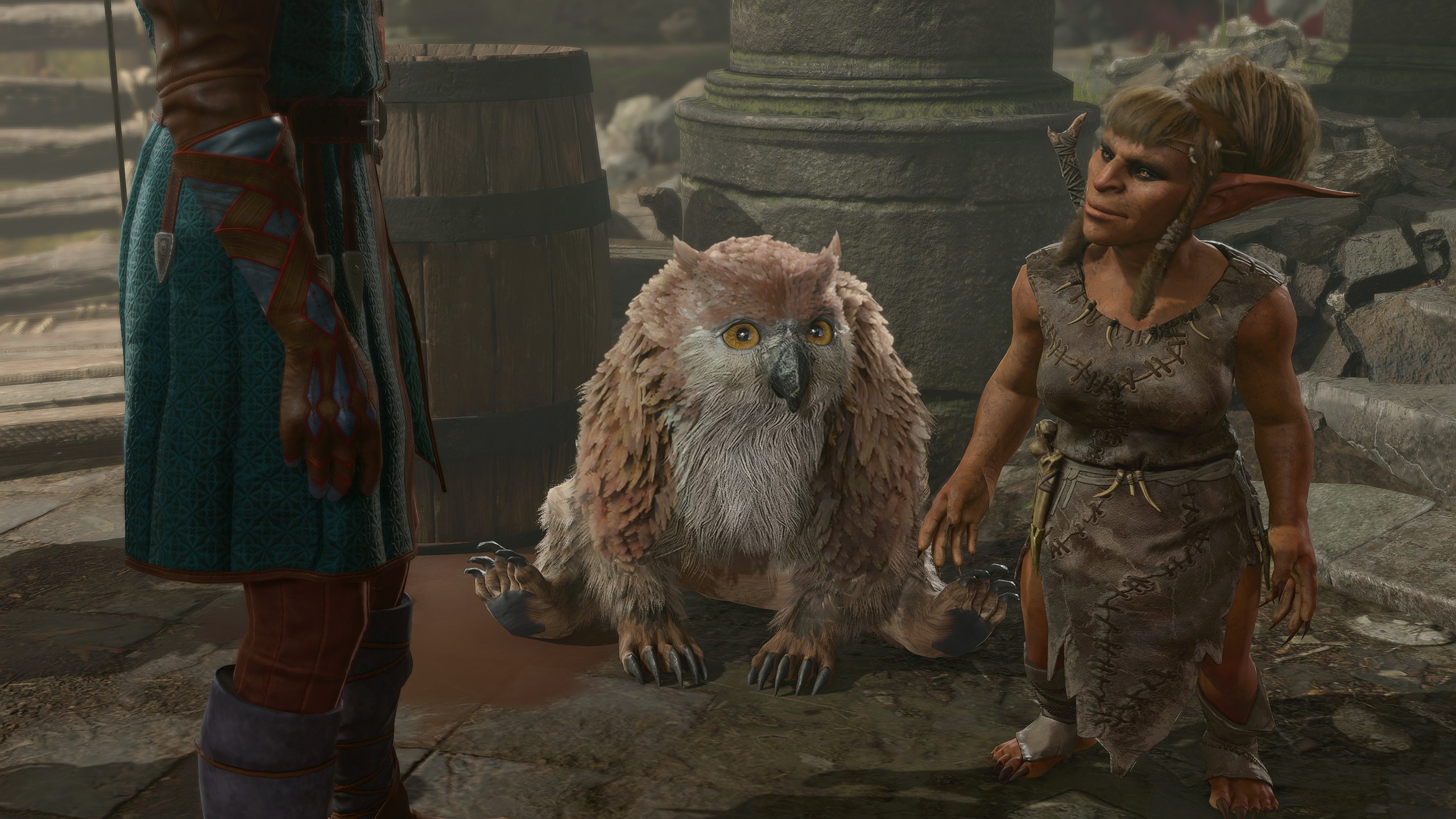
Another beast borrowed from the packet of plastic prehistorics bought by Gary Gygax, the owlbear began its life as a counterfeit kaiju just like the bulette. In this case, it seems to have been modeled on Zaragas, though the design perhaps took some turns along the way.
While the toy version looks like it has a beak, you have to really squint to see much of an owl in it, or honestly much of a bear either. And while D&D’s early owlbear artwork was quite clearly copied from the toy, the name gave later artists more to work with and owlbears evolved to resemble a cross between their ursine and avian namesakes instead. Which is good, because it makes their cubs much cuter.
Sahuagin
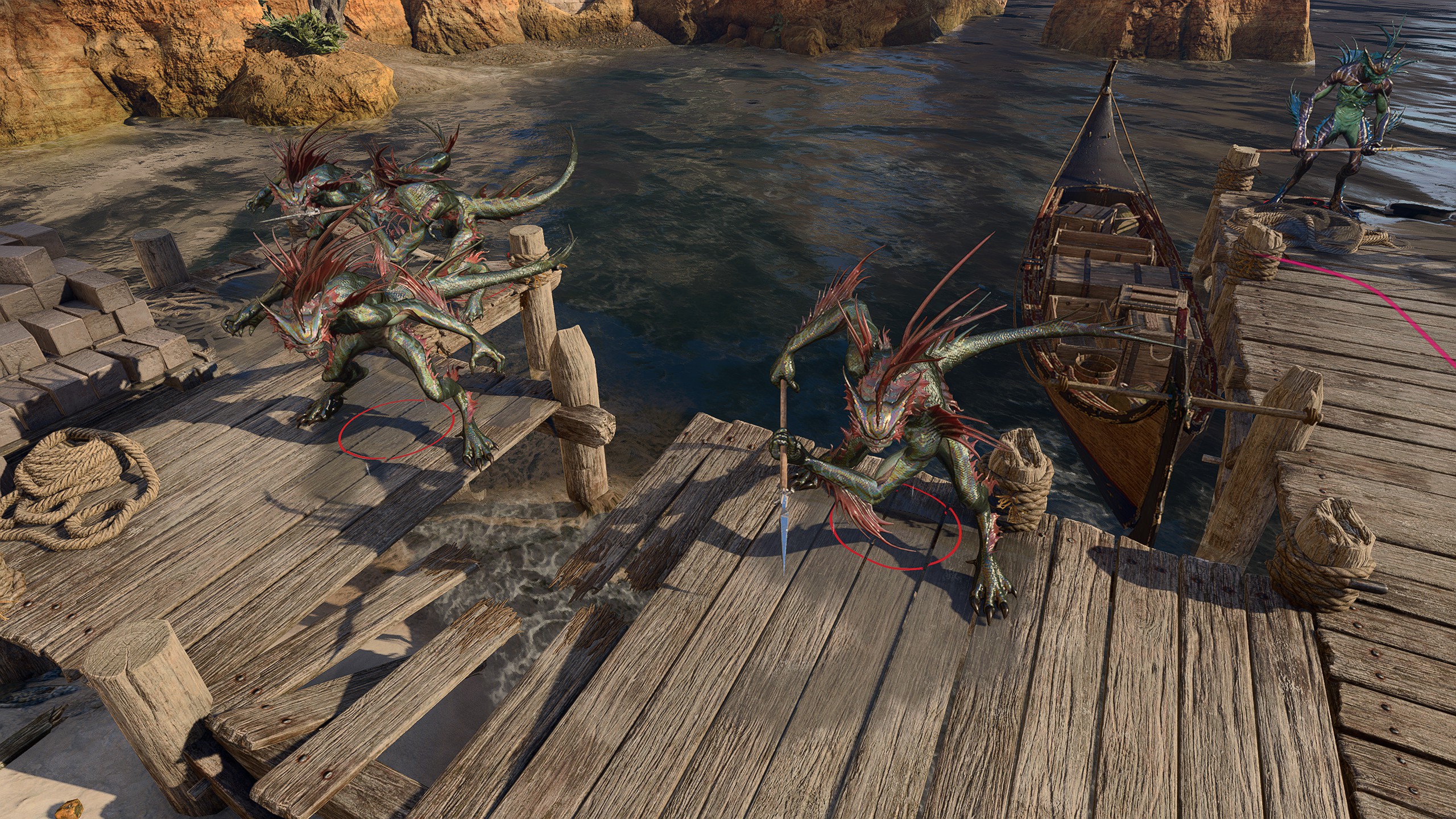
There’s a flood of fish-folk in D&D, with mermaids and tritons coming from mythology while the kuo-toa borrow from H. P. Lovecraft. The sahuagin—scaly, sharky guys who favor tridents—were created by Steve Marsh, who said, “An old Justice League of America animated show and my own imagination provided the concept,” in a forum Q&A. He was probably referring to an episode of the Superman/Aquaman Hour of Adventure from 1967, in which Aquaman fought the Rampaging Reptile-Men.
As for the name, it came from Bernardino de Sahagún, a Franciscan missionary called “the first anthropologist,” who Marsh had seen referenced on the back of a Mormon pamphlet. The sahuagin were also inspired by the Final Fantasy games, where they’re called sahagin, or in the all-caps limited-space of the NES, the SAHAG.
Tiefling
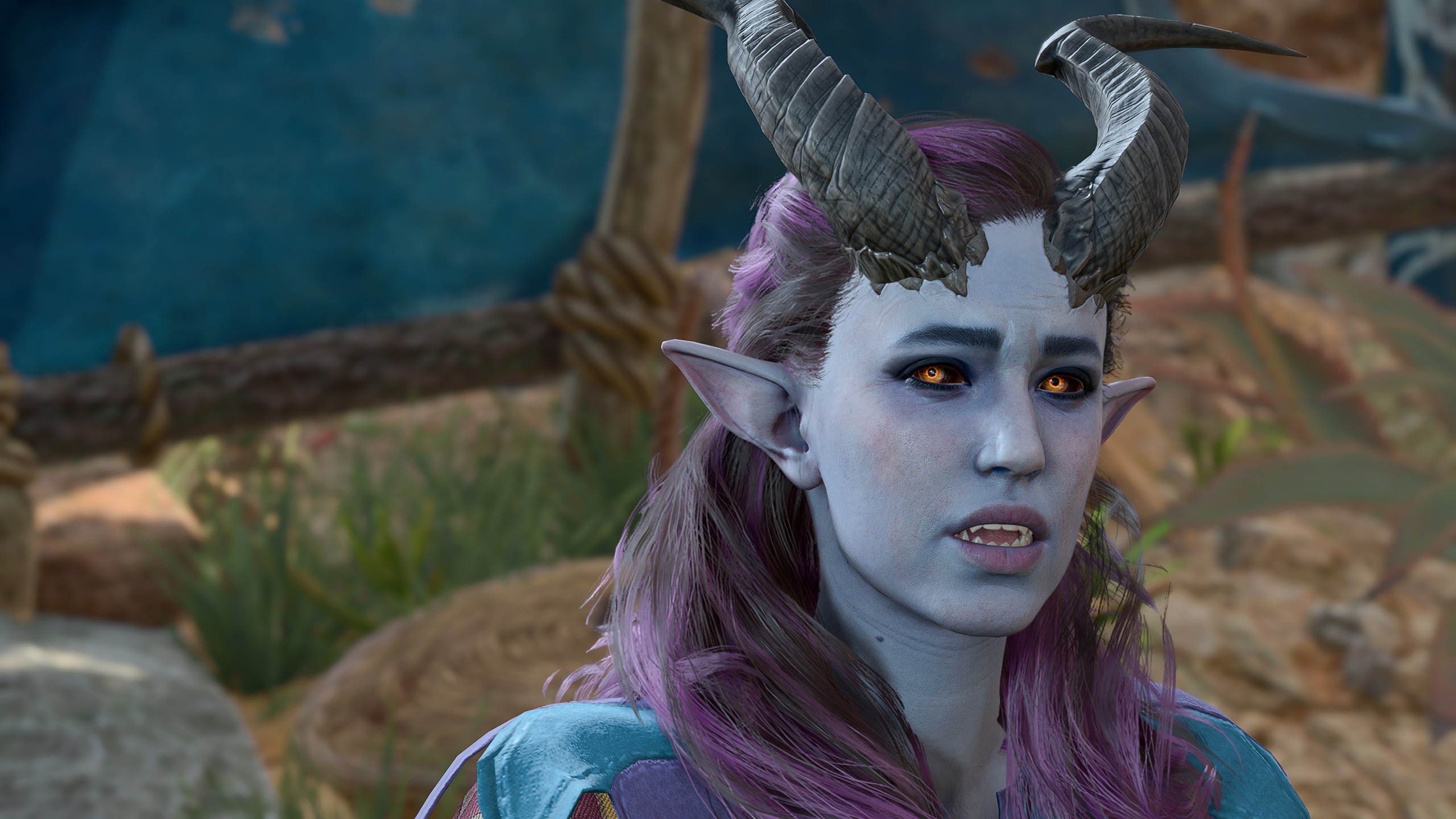
While heroes with horns and other fiendish touches go way back in D&D (check out the first interior illustration from 1981’s Expert Set for one), tieflings were written up and given rules in the Planescape setting by David ‘Zeb’ Cook. Wolfgang Baur came up with the name, based on the German word “tief”, which means deep, suggesting “a creature from the depths.”
They were intended to be a little less blatantly fiendish than cambions, and were more diverse in their designs at first, though later editions codified them into the relatively standard combination of horns, brightly colored skin, and mistrusted outsider status they maintain as the band of unlucky refugees we rescue repeatedly in Baldur’s Gate 3.
Tressym
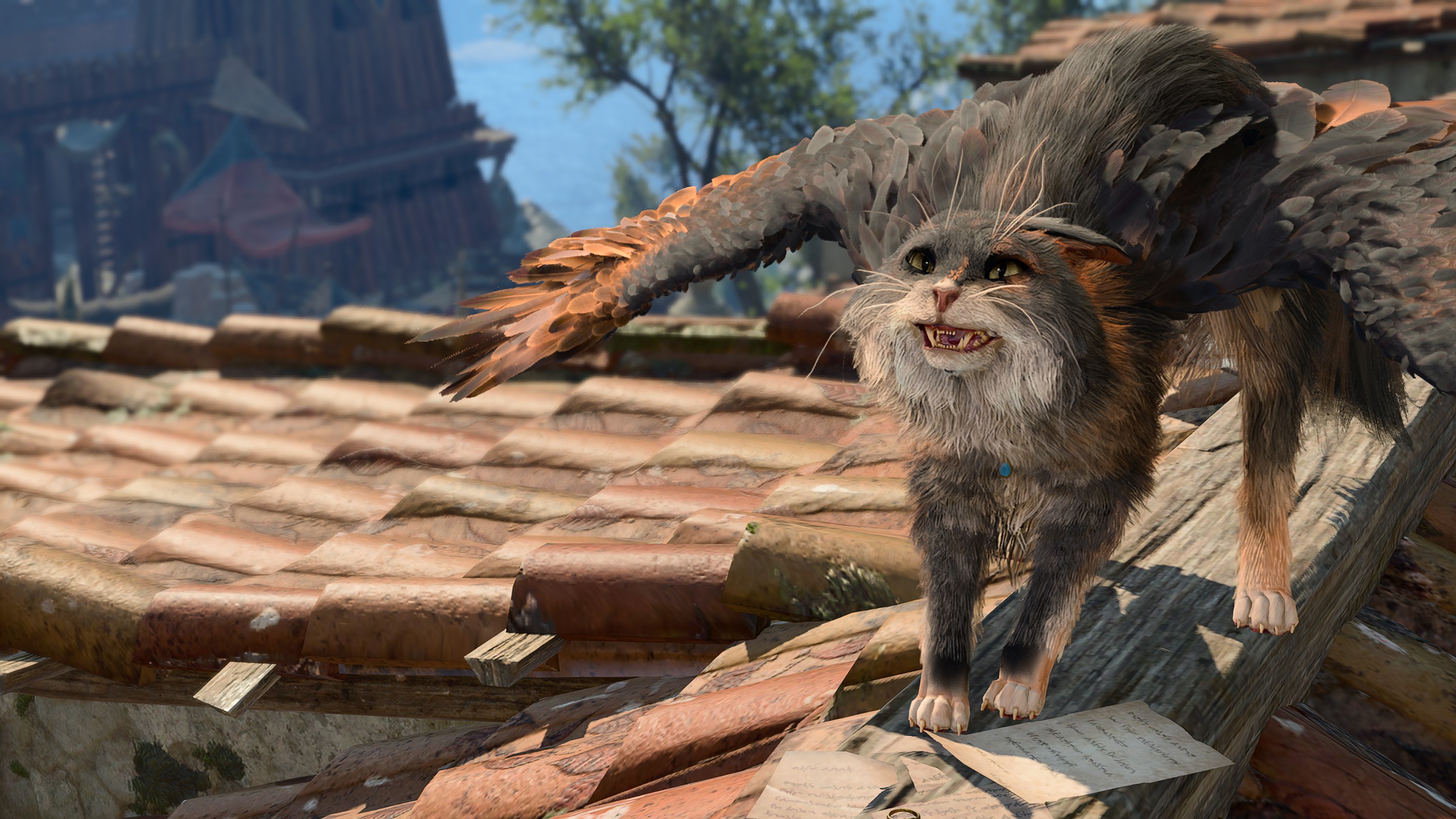
Apparently the matted hair of domesticated cats can sometimes resemble wings, or at least people used to think it did, perhaps because they didn’t have social media accounts full of people desperate to tell them they were wrong about everything back then. Stories about flying domestic cats are surprisingly common, though if they existed surely pigeons would have been driven to near extinction by now.
In Henry David Thoreau’s memoir Walden he writes about one such “winged cat” who lived in a Lincoln farm-house: “in the winter the fur grew thick and flattened out along her sides, forming strips ten or twelve inches long by two and a half wide, and under her chin like a muff, the upper side loose, the under matted like felt, and in the spring these appendages dropped off. They gave me a pair of her ‘wings,’ which I keep still. There is no appearance of a membrane about them.”
Vampire Spawn
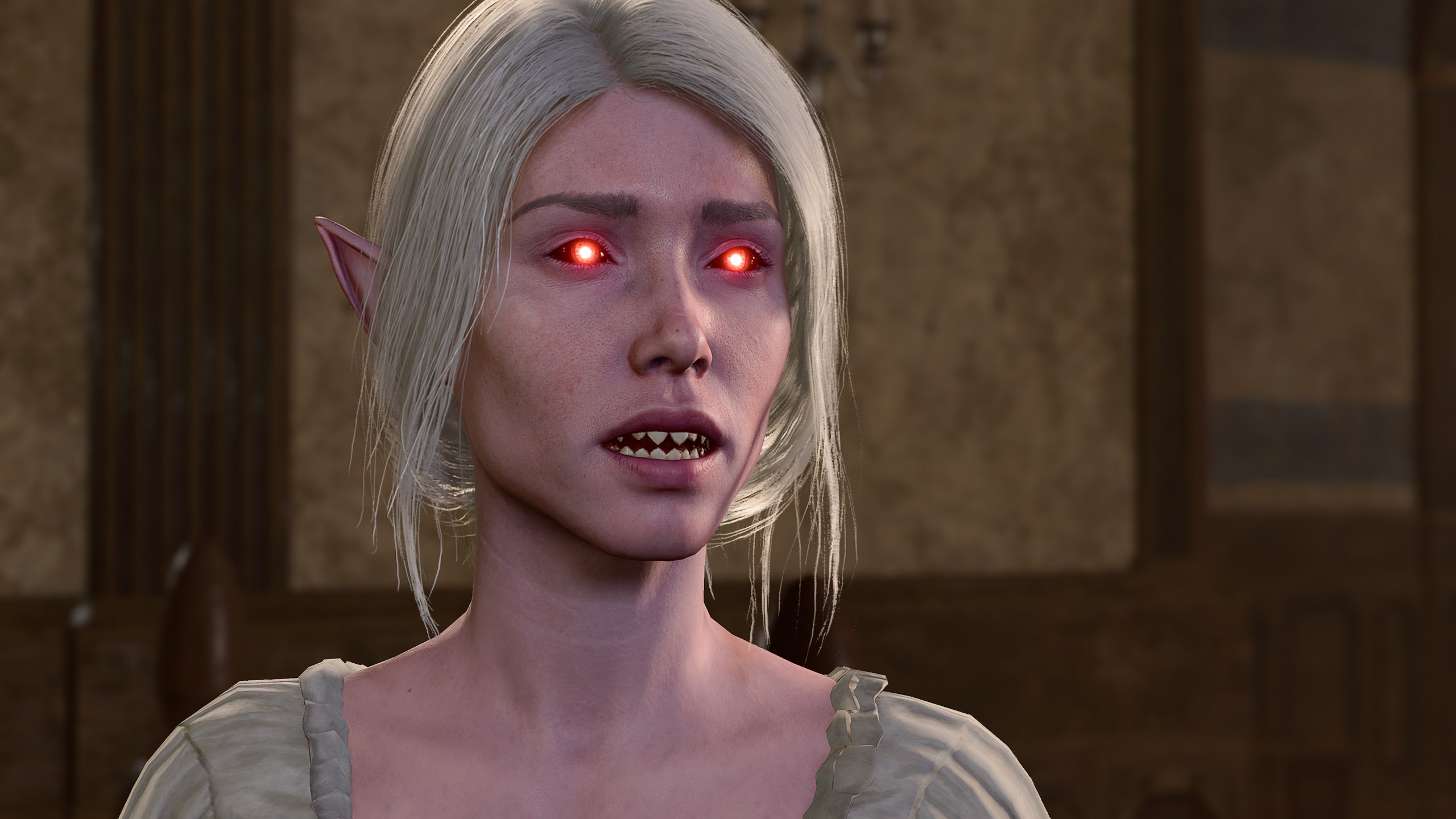
D&D co-creator Dave Arneson was a fan of Hammer horror movies, and much of the RPG’s vampire lore comes from Christopher Lee’s portrayal of Dracula, including the way that those he spread his curse to would fall under his thrall. Arneson ran a campaign set in his world of Blackmoor featuring two groups of players, one heroes and one villains, and when one of the villains became a vampire known as “Count Fang” it was explicitly the Hammer Dracula he drew from. The hero team needed a counter to this powerful vampire, and so Arneson came up with a class based on Van Helsing and the various vampire-hunting priests and professors who saved the day in Hammer movies, which eventually saw print as the cleric.
While the idea of clerics as mace-wielding holy warriors came from Bishop Odo of Bayeux, the cleric’s ability to turn undead—which originally required a crucifix rather than a non-specific holy symbol—was a direct copy of the way Peter Cushing could repel Christopher Lee and his spawn with anything vaguely cross-shaped in the movies.
Source link

